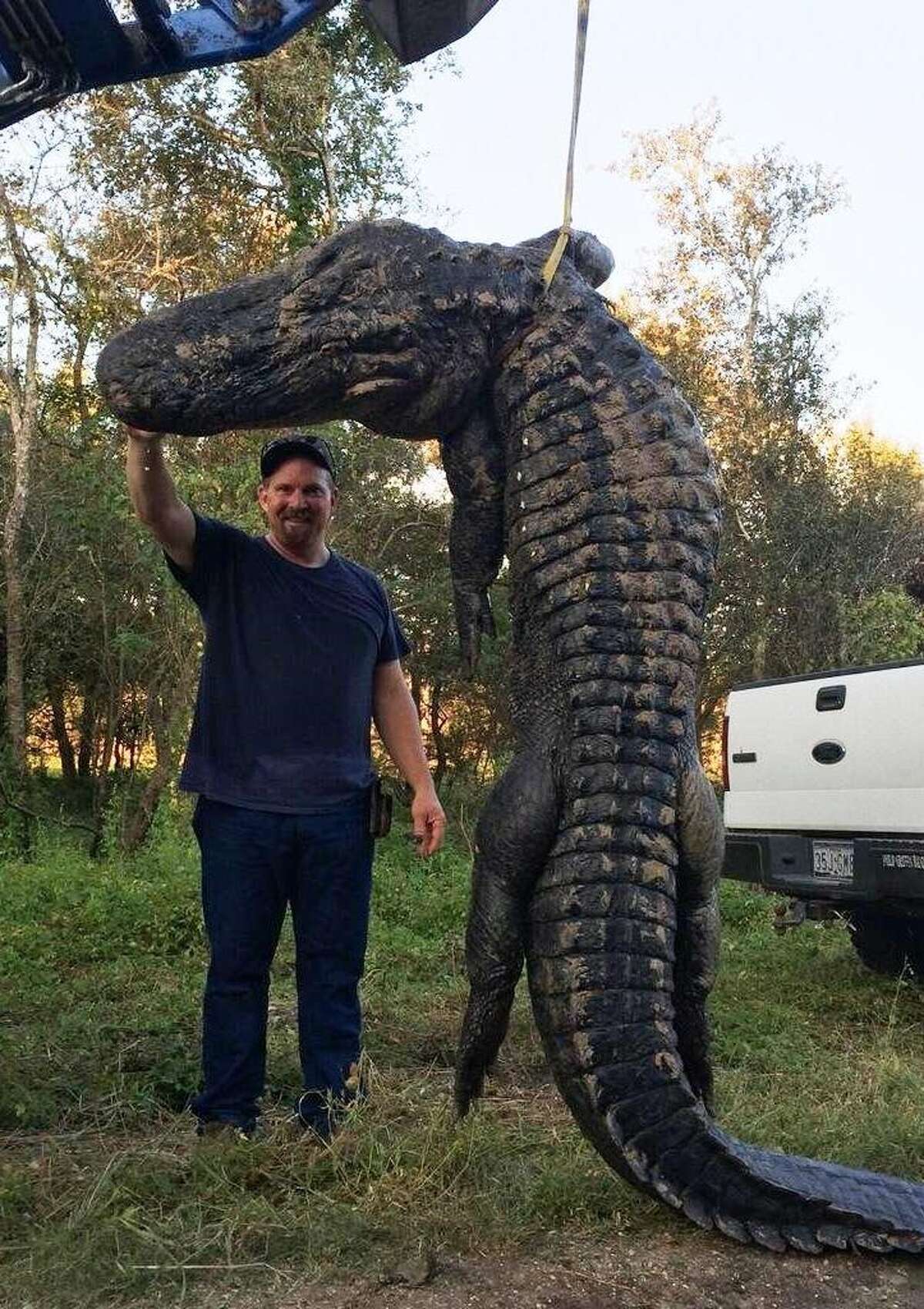Gator sightings in Lake Erie? It sounds unbelievable, but reports of these toothy reptiles lurking in the typically fish-filled waters have ignited curiosity and concern in the summer of 2024. Are these scaly visitors here to stay, or are they just passing through? Given Lake Erie’s climate, the idea of a breeding population seems far-fetched. So, what’s the real story? Let’s explore the Lake Erie alligator mystery and delve into the facts, theories, and potential implications.
The Alligator Enigma: Sightings and Speculation
Could alligators actually thrive in Lake Erie? That’s the million-dollar question following multiple sightings during the summer of 2024, particularly around Erie, Pennsylvania. Beginning on August 4th, near East Avenue, witnesses reported seeing a reptile, possibly an alligator, estimated to be between four and six feet long. Photos and videos, some unverified, circulated on social media, adding fuel to the fire. Local authorities, including the Erie Port Authority, launched investigations, and “would-be gator hunters” joined the search, yet the elusive reptile remained at large. Subsequent sightings continued through August, September, and October, further deepening the mystery, though none were definitively confirmed. The Erie Times-News even hosted a naming contest, capturing the public’s imagination. But is there any scientific basis to these claims?
The Erie Alligator: A Biological Implausibility
Alligators and Lake Erie are a biological mismatch. These reptiles are native to the balmy swamps and wetlands of the southeastern United States, hundreds of miles from the comparatively frigid waters of the Great Lakes. Alligators are ectothermic, meaning they rely on external sources of heat to regulate their body temperature. They simply couldn’t survive a harsh Erie winter – it’s akin to planting a palm tree in Alaska. Expert herpetologists, like Frank Moulton, confirm this assessment. While a gator might survive for a few months, snagging fish and basking in the summer sun, the plummeting temperatures of a Lake Erie winter would almost certainly prove fatal.
So, if these sightings are real, what’s the explanation?
Escaped Pet or Intentional Release? A Likely Culprit
The most plausible scenario, according to wildlife officials, is an escaped or released pet. Irresponsible exotic pet ownership is a growing problem. People often purchase cute baby alligators without fully grasping the long-term commitment or the inherent dangers. As these gators grow, they become increasingly difficult to manage, leading some owners to release them into the wild, mistakenly believing they are doing the animal a favor, akin to putting a goldfish in the ocean. Not only is this harmful to the alligator, it poses a significant threat to the local ecosystem. Even if a single alligator doesn’t wreak havoc, the incident serves as a stark reminder of the invasive species problem. Learn more about another fascinating creature, the ark doedicurus, and its unique adaptations.
Can Alligators Survive in the Great Lakes?
The Lake Erie alligator sightings raise a broader question: can alligators survive in the Great Lakes? The short answer is: highly unlikely. Let’s explore the reasons why.
The Great Lakes: An Alligator’s Nightmare
As mentioned previously, alligators are ectothermic, requiring warm temperatures to function. Their natural range extends south to North Carolina, far from the icy grip of the Great Lakes. They thrive in swamps, rivers, and marshes—environments that offer consistent warmth and abundant prey. The Great Lakes, particularly Lake Erie and Lake Michigan, experience drastically different conditions: frigid winters, long periods of ice cover, and a fluctuating food supply. These factors create an environment hostile to alligator survival. Even if an alligator finds enough fish to eat during the warmer months, the brutal winter would almost certainly be fatal. Their brumation (a reptile’s version of hibernation) requires access to unfrozen water – a rarity in the icy Great Lakes.
The Alligator Sightings: Escaped Pets and Misidentification
The reported sightings, especially those in Lake Erie during August 2024, likely stem from escaped or released pet alligators. It’s a troubling trend fueled by irresponsible exotic pet ownership. While misidentification is possible—perhaps a large fish mistaken for a reptile—the escaped pet theory is far more probable. However, long-term survival for these displaced reptiles is improbable.
Invasive Species: A Looming Threat
The Lake Erie alligator incident, though likely isolated, underscores a larger issue: the danger of invasive species. Introducing non-native animals, even seemingly harmless ones, can disrupt delicate ecosystems. Imagine if the sightings involved pythons, known for decimating native bird populations in some areas. The alligator situation serves as a valuable reminder of the importance of responsible pet ownership and the need for ongoing monitoring programs to detect and address invasive species incursions before they escalate.
| Potential Invasive Species | Impact on Lake Erie Ecosystem |
|---|---|
| Python | Could prey on native birds, disrupting food chains and potentially causing local extinctions. |
| Asian Carp | Could outcompete native fish for resources, disrupting the food web and impacting the fishing industry. |
| Zebra Mussels | Already present in Lake Erie, these filter feeders can clog pipes and alter water quality. They also compete with native mussels for food. |
Is Lake Erie Safe to Swim In?
Lake Erie’s safety for swimming is a complex issue, impacted by various factors. While alligator sightings have added a new layer of anxiety, the likelihood of encountering a gator is exceptionally low. However, this incident highlights the broader issue of invasive species and the interconnectedness of our actions with the environment. Are you curious about the legality of certain vehicles? Explore the regulations surrounding whether surrons are street legal.
Alligators and Other Hazards: Assessing the Risks
While the chance of a gator encounter is minimal, other hazards pose more significant threats to swimmers:
| Hazard | Likelihood | Potential Impact | Precautions |
|---|---|---|---|
| Alligators | Very Low | Moderate to High | Be aware of surroundings, report sightings |
| HABs | Moderate | Moderate to High | Check for advisories, avoid discolored water |
| Bacteria | Moderate | Low to Moderate | Check water quality reports, avoid swimming after rain |
| Rip Currents | Moderate | High | Swim near lifeguards, know how to escape a rip current |
| Microplastics | Moderate | Emerging Concern | Consider exposure risks, support reduction efforts |
Water Quality: A Fluctuating Reality
Lake Erie’s water quality is constantly changing due to weather, agricultural runoff, algal blooms, and pollution from various sources. Real-time monitoring and resources like the Ohio BeachGuard system offer valuable information, empowering swimmers to make informed decisions. Checking local advisories and beach hazard statements is crucial before entering the water.
Beyond Alligators: The Invasive Species Challenge
The alligator situation emphasizes the broader problem of invasive species and the importance of public awareness. Reporting unusual sightings is crucial in preventing the establishment and spread of non-native species, protecting Lake Erie’s delicate ecosystem.
While the Lake Erie alligator mystery continues, it serves as a powerful reminder of our responsibility to protect our natural environment. Through responsible pet ownership, increased awareness, and ongoing monitoring, we can help safeguard the health and safety of Lake Erie and its inhabitants.
- Understanding GVAA Rates: A Practical Guide for Voice Actors and Clients - December 25, 2024
- Resuming Intimacy After Endometrial Ablation: A Guide to Healing and Reconnection - December 25, 2024
- Homunculus Servant 5e: The Ultimate Artificer’s Guide (Stats, Strategies, and Secrets) - December 25, 2024















